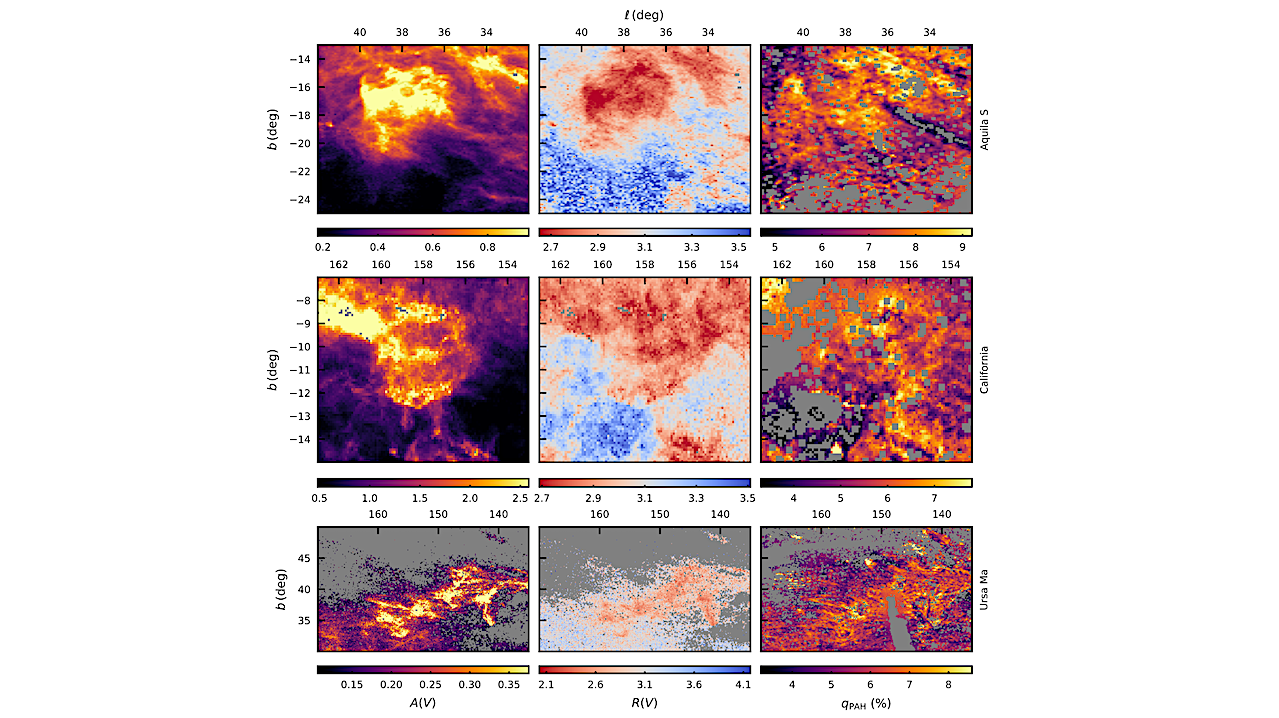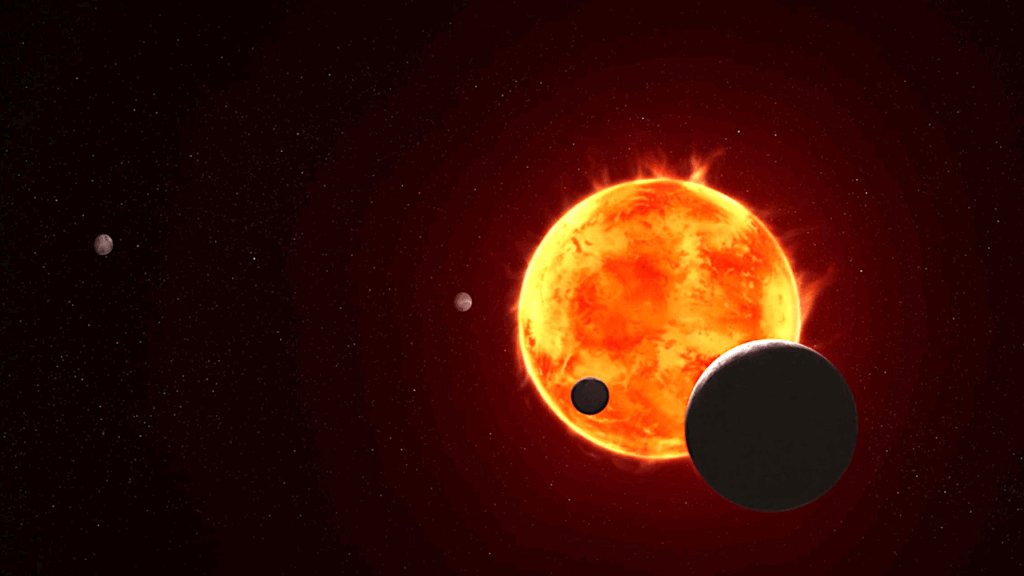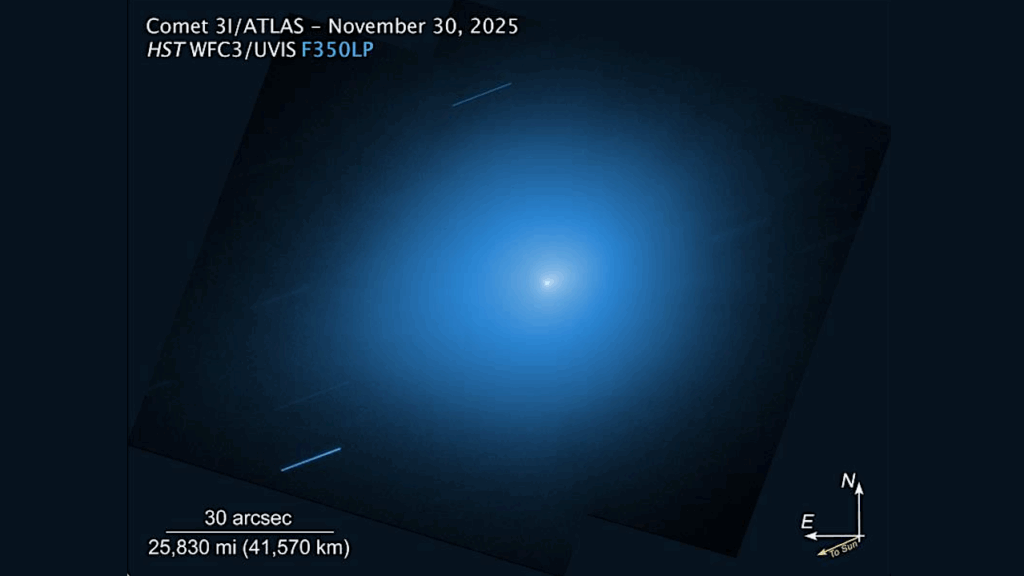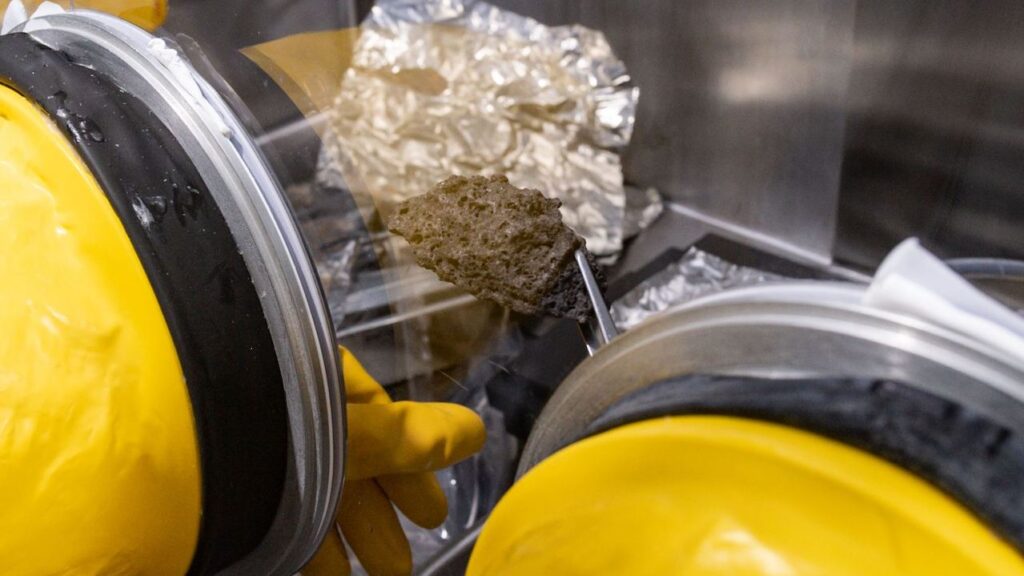Dust Extinction-curve Variation In The Translucent Interstellar Medium Is Driven By PAH Growth

The first all-sky, high-resolution, 3D map of the optical extinction curve of the Milky Way (Zhang & Green 2024) revealed an unexpected steepening of the extinction curve in the moderate-density, “translucent” interstellar medium (ISM).
We argue that this trend is driven by growth of polycyclic aromatic hydrocarbons (PAHs) through gas-phase accretion. We find a strong anti-correlation between the slope of the optical extinction curve — parameterized by R(V) — and maps of PAH abundance — parameterized by qPAH — derived from infrared emission. The range of observed qPAH indicates PAH growth by a factor of ∼2 between AV≃1 and 3.
This implies a factor-of-two stronger 2175 Angstrom feature, which is sufficient to lower R(V) by the observed amount. This level of PAH growth is possible given rapid accretion timescales and the depletion of carbon in the translucent ISM. Spectral observations by JWST would provide a definitive test of this proposed explanation of R(V) variation.
Xiangyu Zhang, Brandon S. Hensley, Gregory M. Green
Comments: 11 pages, 6 figures, submitted on October 30, 2024
Subjects: Astrophysics of Galaxies (astro-ph.GA)
Cite as: arXiv:2410.23171 [astro-ph.GA] (or arXiv:2410.23171v1 [astro-ph.GA] for this version)
https://doi.org/10.48550/arXiv.2410.23171
Focus to learn more
Submission history
From: Xiangyu Zhang
[v1] Wed, 30 Oct 2024 16:22:23 UTC (2,821 KB)
https://arxiv.org/abs/2410.23171
Astrobiology








